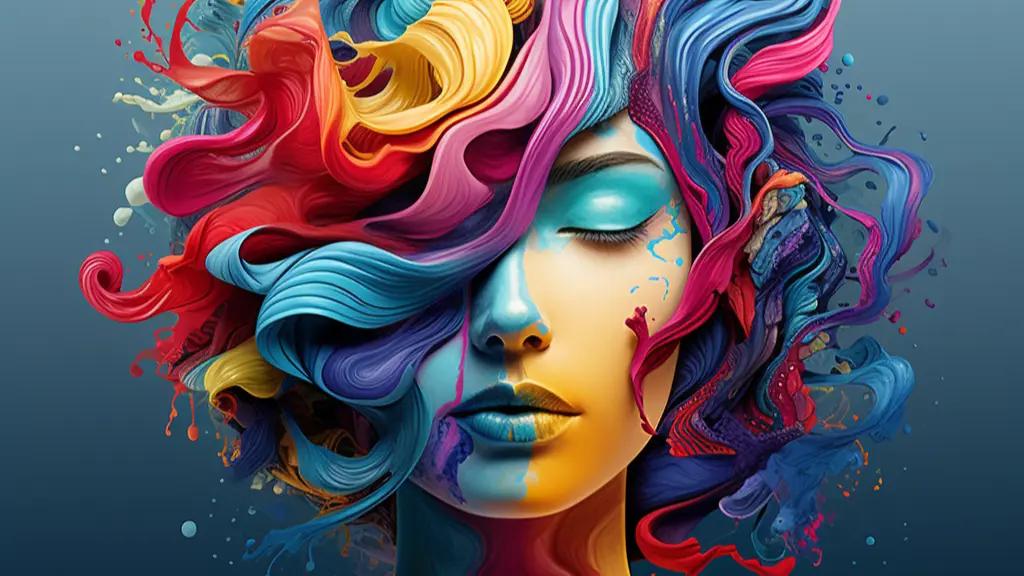
The Role of Color Psychology in Web Design
by Cory Loxton-McMahon
published on October 8th 2023 and last updated 2 years ago
In the vast and ever-evolving realm of web design, every element plays a crucial role in creating an immersive and impactful user experience. One of the most influential and subtle components of web design is color. Beyond aesthetics, color has the power to evoke emotions, convey messages, and guide user behavior. This is where the fascinating field of color psychology comes into play, shaping the way we perceive and interact with websites.
Understanding Color Psychology
Color psychology is the study of how colors affect human emotions, behaviors, and perceptions. It explores the psychological impact of different colors and their ability to communicate specific messages. In web design, this knowledge is harnessed to create websites that resonate with users on a deeper level.
Color Evokes Emotion
Colors have the remarkable ability to evoke emotions and trigger specific feelings. Here are some common emotional associations with colors:
- Red: Passion, urgency, excitement, and love.
- Blue: Trust, calmness, professionalism, and reliability.
- Yellow: Optimism, warmth, and happiness.
- Green: Nature, growth, tranquility, and health.
- Purple: Creativity, luxury, and spirituality.
- Black: Sophistication, mystery, and power.
- White: Purity, cleanliness, and simplicity.
- Orange: Energy, enthusiasm, and confidence.
Color in Web Design
So, how do web designers leverage color psychology to enhance user experiences?
- Branding and Identity: Color plays a pivotal role in defining a brand's identity. Brands choose colors that reflect their personality and values. For example, a health and wellness website might opt for calming greens and blues, while a technology brand might choose sleek and modern grays and blacks.
- Call to Action (CTA) Buttons: CTA buttons are designed to prompt user action. Colors like red or orange are often used for buttons because they create a sense of urgency and encourage clicks. However, the color should align with the desired action. For instance, a "Buy Now" button might be red, while a "Learn More" button could be blue.
- Readability and Accessibility: The choice of text color and background color directly impacts readability. A good web designer ensures that text is legible by using high-contrast color combinations. Accessibility guidelines are also followed to cater to users with visual impairments.
- Emotional Resonance: Websites aim to connect with users on an emotional level. The selection of colors can create an emotional resonance with the audience. For example, a charity website may use warm, inviting colors to evoke empathy and generosity.
- Consistency and Navigation: Colors are used consistently throughout a website to guide users and maintain visual harmony. Navigation menus often employ distinct colors to help users identify clickable links.
- Cultural Considerations: It's essential to recognize that color symbolism can vary across cultures. A color that signifies luck or celebration in one culture may have different connotations elsewhere. Global websites must be mindful of these cultural nuances.
Testing and Iteration
Successful web designers understand the importance of testing and iteration. A color scheme that resonates with one audience may not have the same impact on another. A/B testing is a valuable technique for gauging user responses to different color combinations and making data-driven design decisions.
Conclusion
Color psychology in web design is a multifaceted field that blends art and science. It's not just about making websites visually appealing; it's about crafting experiences that resonate with users on a deep, emotional level. By understanding the psychology of color, web designers can create websites that engage, inform, and inspire, ultimately leaving a lasting impression on visitors.
As you embark on your next web design project, consider the emotions and messages you want to convey through color. Harness the power of color psychology to create digital experiences that captivate and connect with your target audience.
